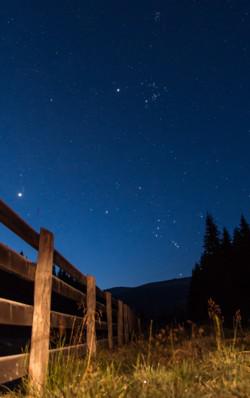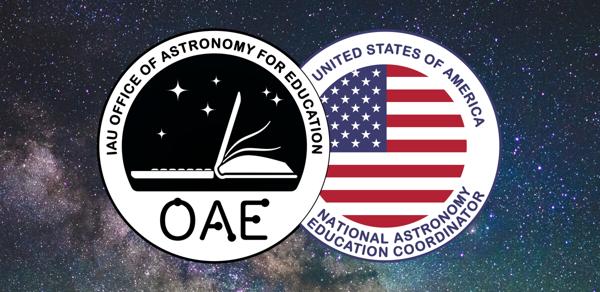Glossary term: Gemini
Description: Gemini is one of the 13 constellations of the Zodiac and one of the 88 modern constellations as accepted by the International Astronomical Union, but goes back much further – it was already one of the 48 constellations named by the 2nd century astronomer Claudius Ptolemy. The constellation gets its name from its two brightest stars Castor and Pollux, who in Babylonian mythology were twins and minor gods. Gemini is visible in the northern hemisphere during winter, located between the constellations Taurus and Cancer. Various cultures around the world have their own stories associated with this constellation and its stars. Castor and Pollux are located approximately 50 and 30 light years from Earth, respectively. About 80 stars may be seen in Gemini with the naked eye. Some notable deep-sky objects located within the region of this constellation are M35, NGC 2158, NGC 2392, and Abell 21.
Related Terms:
See this term in other languages
Term and definition status: This term and its definition have been approved by a research astronomer and a teacher
The OAE Multilingual Glossary is a project of the IAU Office of Astronomy for Education (OAE) in collaboration with the IAU Office of Astronomy Outreach (OAO). The terms and definitions were chosen, written and reviewed by a collective effort from the OAE, the OAE Centers and Nodes, the OAE National Astronomy Education Coordinators (NAECs) and other volunteers. You can find a full list of credits here. All glossary terms and their definitions are released under a Creative Commons CC BY-4.0 license and should be credited to "IAU OAE".
Related Media
Most Brightest Stars of the Sky
Credit: Giorgia Hofer/IAU OAE
License: CC-BY-4.0 Creative Commons Attribution 4.0 International (CC BY 4.0) icons
Romanian Orion
Credit: Alex Conu/IAU OAE
License: CC-BY-4.0 Creative Commons Attribution 4.0 International (CC BY 4.0) icons
The Geminid Fireball
Credit: Jianfeng Dai/IAU OAE (CC BY 4.0)
License: CC-BY-4.0 Creative Commons Attribution 4.0 International (CC BY 4.0) icons











